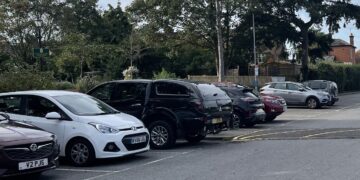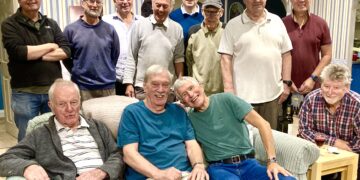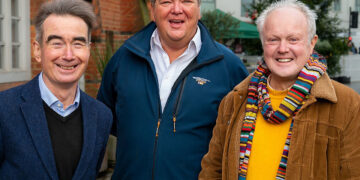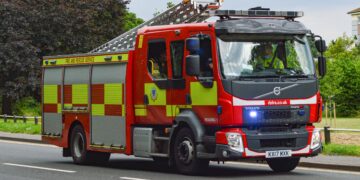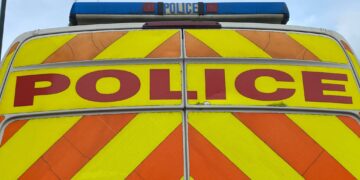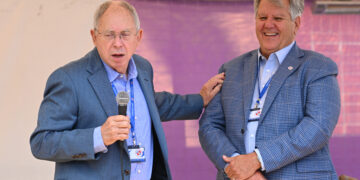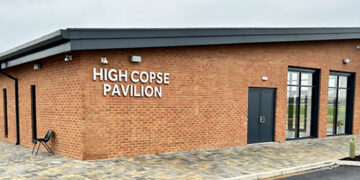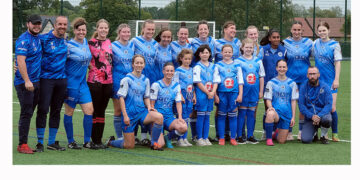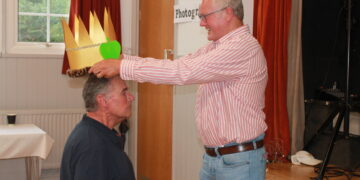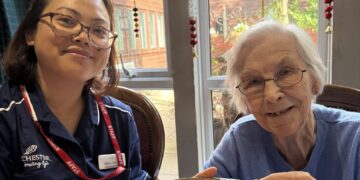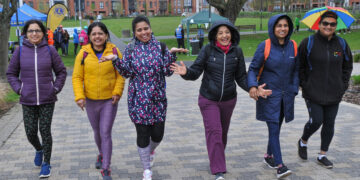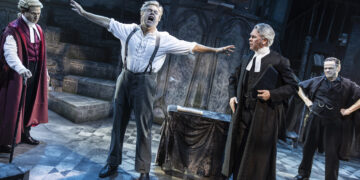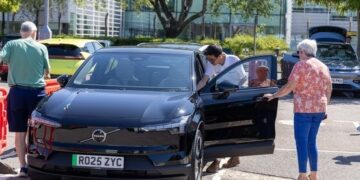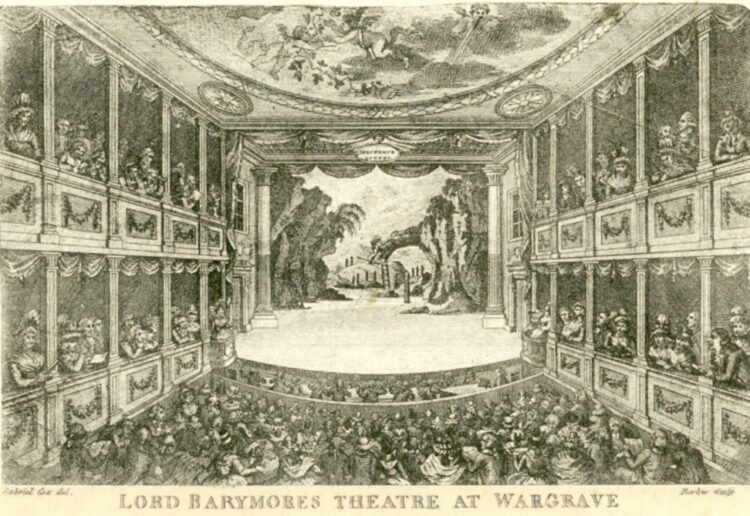READING Library’s local history studies specialist, Katie Amos, made a return visit to Wargrave Local History Society
At their May meeting she showed a selection of pictures from the library’s collection of more than 20,000 photographs and illustrations from across Berkshire.
Pictures of historic Reading, included old wharves along the rivers Thames and Kennet, which were both major goods transport routes prior to the railways.
Others showed Huntley & Palmers biscuit factory workers in 1903; Reading School when located in The Forbury, and Battle Hospital (now the site of Oxford Road’s Tesco Store).
‘Carnegie Libraries’ Caversham and Battle, provided by the American philanthropist Andrew Carnegie also featured, along with images of long gone Reading businesses, from Philips Ironmongery shop on Broad Street in the 1870s, to C & A Modes on Friar Street in 1978, and Wellsteed’s department store‘s ornate 1930s restaurant (later Debenhams) which is now an entrance to The Oracle shopping centre.
Other images without Reading, included that of a single car in Sonning High Street in 1910 – impossible to imagine today.
Others covered Queen Victoria’s diamond jubilee celebrations in Wallingford in 1897, children maypole dancing in 1912, the award of the Distinguished Conduct Medal to Sgt Ridley in Reading in 1917, and Mayor McIlroy driving the last Reading tramcar on May 20th 1939.
Wartime picture highlights included VE Day celebrations, street parties, and an advert advising people to buy Brooke Bond Dividend tea for their parties.
In Wargrave pre-photographic images included an engraving of Barrymore’s theatre at Wargrave, ‘The place to go’ outside London to see leading actors of the day.
Opened in 1791, on Wargrave High Street, it seated 700 but lasted just a few years until Barrymore became bankrupt.
The village’s Greyhound public house featured too, along with a corner grocer’s shop, and horse-drawn carriages beside Woodclyffe Hall.
And a postcard picture of St Mary’s church with Mill Green in front of it showed the building before a destructive fire of 1914 (only its 1635 tower survives today in the present building).
Other early views of Wargrave showed School Lane in the 1930s with a long row of cottages built to house 19th century agricultural workers; the view under Conway’s Bridge, up the Happy Valley; Rebecca’s Well; and old engravings of both Bear Place and Bear Hill (now known as Linden Hill).
For information about the collection, visit the Reading Library website: reading.spydus.co.uk
Click ‘Full catalogue’, select ‘Local Illustrations’, and search for the subject wanted.
The library can also provide copies of the images.
For more about Wargrave History Society, visit: wargravehistory.org.uk

